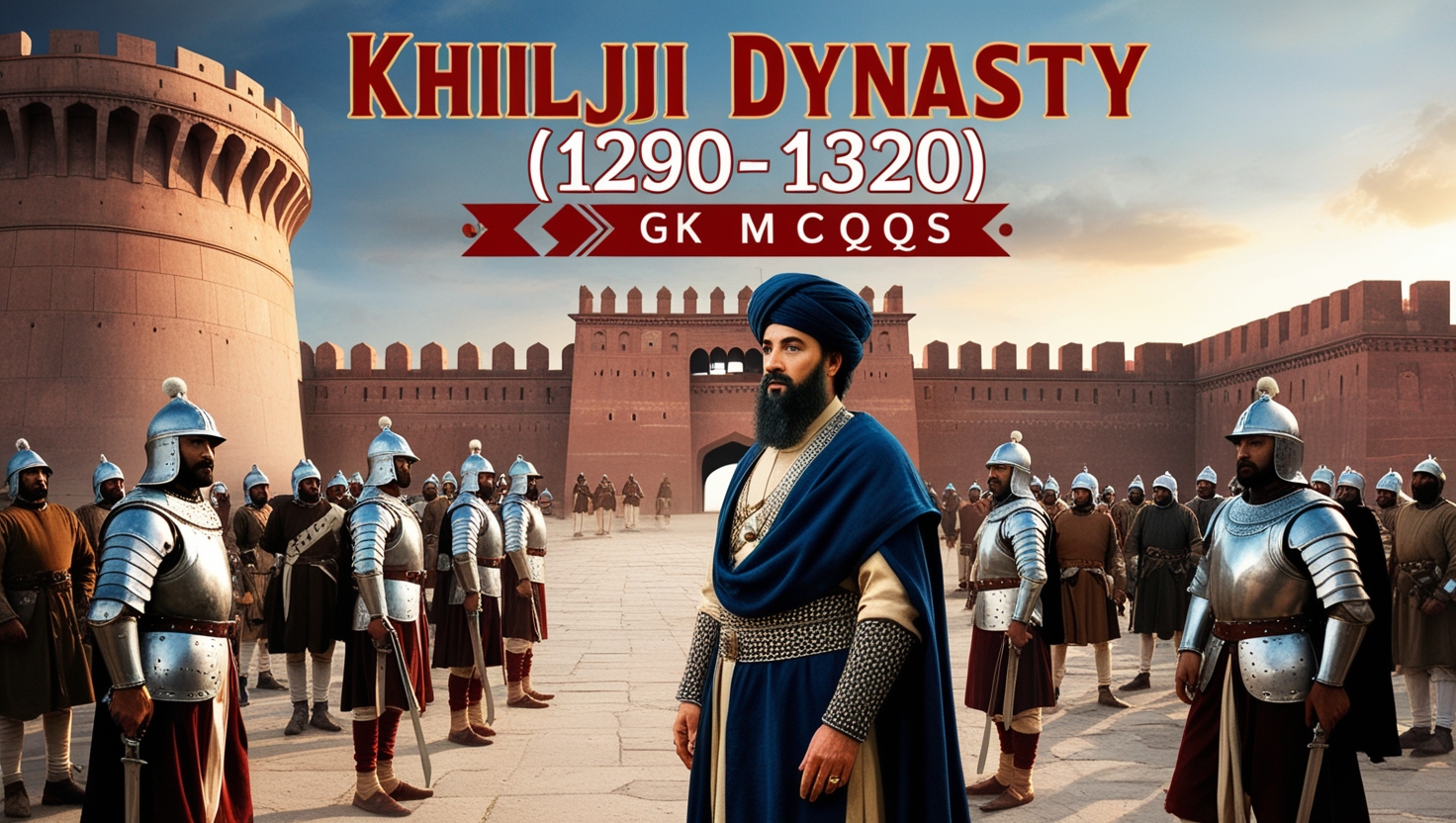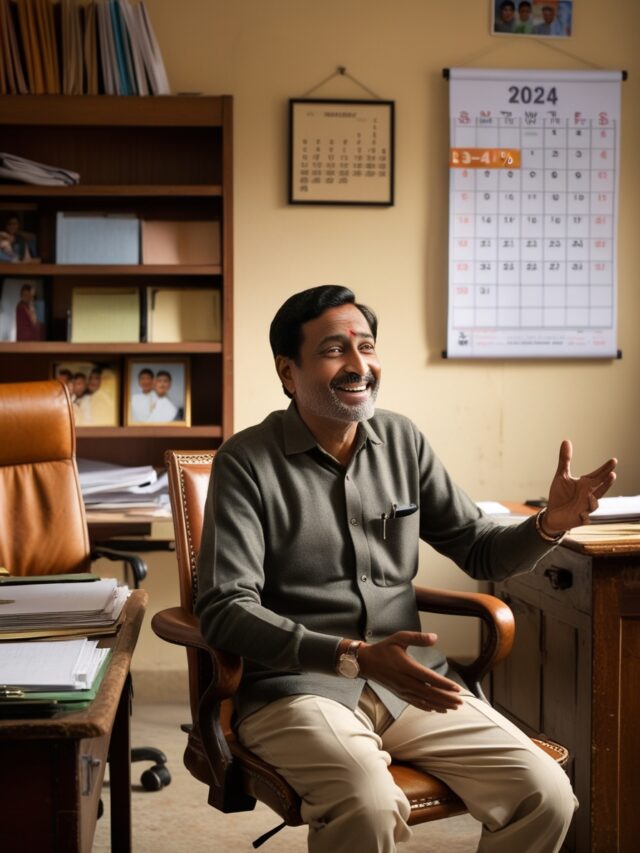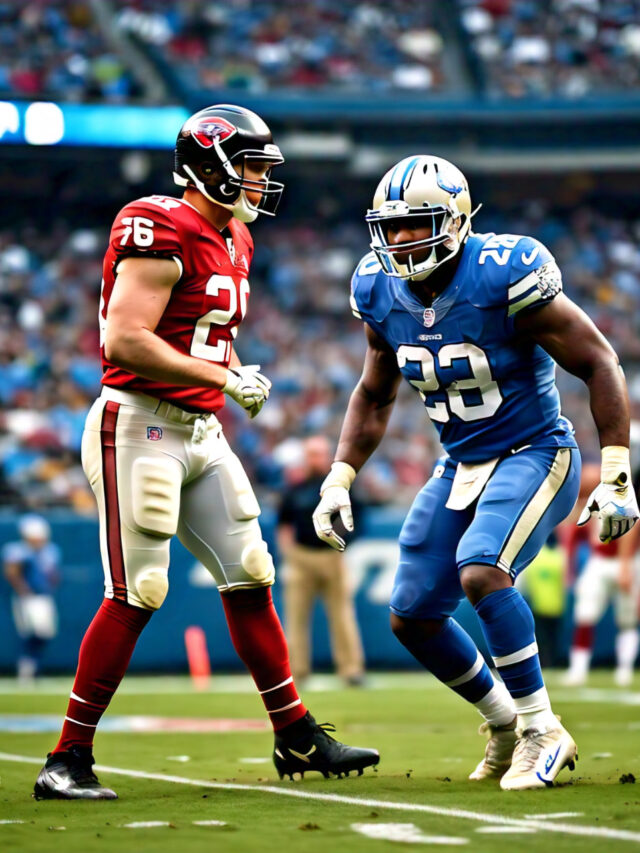
1. Who among the following led a campaign against Warangal in 1309?
- Ala-ud-din Khilji
- Malik Kafur
- Bakhtiar Khilji
- Mohmmad bin Tuglaq
Show Answer
Answer: Malik Kafur
Malik Kafur, a prominent general of Ala-ud-din Khilji, led a campaign against Warangal in 1309. This campaign was part of Ala-ud-din Khilji’s expansionist policies in South India, aiming to subjugate various regions and extend the influence of the Delhi Sultanate. Malik Kafur played a significant role in these military campaigns in the Deccan.
2. Which among the following rulers had greatest number of slaves?
- Balban
- Alaudin Khilji
- Mohammad-bin-Tughlaq
- Firoz Tughlaq
Show Answer
Answer: Firoz Tughlaq
Firoz Tughlaq did indeed have the largest number of slaves in his court. He was known for his extravagant and expensive court, which included numerous slaves and courtiers.
3. Who among the following rulers was the ruler of Deogiri at the time of Alaudin Khiji’s dynasty?
- Ramchandra Dev
- Prataprudra Dev
- Malik Kafur
- Rana Ratan Singh
Show Answer
Answer: Ramchandra Dev
Ramchandra Dev was the ruler of Deogiri (also known as Devagiri or Daulatabad) at the time of the Khilji dynasty. His kingdom was one of the prominent powers in the Deccan region, and it came under the focus of Ala-ud-din Khilji’s territorial expansion.
4. Which of the following was the first ruler of the Khilji dynasty?
- Alauddin Khalji
- Jalauddin Khalji
- Qutbuddin Mubarak Shah
- Nasiruddin Khusrau Shah
Show Answer
Answer: Jalauddin Khalji
Jalauddin Khalji was the first ruler of the Khilji dynasty. He ascended the throne at an older age and ruled for a relatively short period before being succeeded by his nephew and son-in-law, Alauddin Khilji.
5. Which one of the following Delhi Sultans wrote his memoir?
- Iltutmish
- Alaudin Khilji
- Balban
- Firoz Tughlaq
Show Answer
Answer: Firoz Tughlaq
Firoz Shah Tughlaq wrote an autobiography called Futuhat-e-Firoz Shahi.
6. Where did Mohammad-bin-Tughlaq shift his capital to from Delhi?
- Daulatabad
- Kalinjar
- Kannauj
- Lahore
Show Answer
Answer: Daulatabad
Muhammad bin Tughluq shifted the capital from Delhi to Devagiri and renamed Devagiri to Daulatabad.
7. Who led the Mongol forces at the time of their invasion during Jalauddin Khalji’s rule?
- Kadar
- Hulagu Khan
- Arkali Khan
- Ulugh Khan
Show Answer
Answer: Kadar
During Jalauddin Khalji’s rule, the Mongols invaded the north-west frontier of the Delhi Sultanate under the leadership of Kadar. Jalauddin managed to avoid war by paying tributes and maintaining friendly exchanges with the Mongols.
8. During the reign of which of the following, Devagiri was invaded by Alauddin Khalji?
- Qutbuddin Mubarak Shah
- Ulugh Khan
- Nasiruddin Khusrau Shah
- Jalauddin Khalji
Show Answer
Answer: Jalauddin Khalji
Alauddin Khalji, also known as Ali Gurshap, invaded Devagiri (also called Daulatabad) during the reign of Jalauddin Khalji, around the year 1296 CE.
9. Which of the following was appointed as Amir-i-Tuzuk (Master of Ceremonies) by Jalauddin Khalji?
- Alauddin Khalji
- Mubarak Shah
- Khusrau Shah
- None of the above
Show Answer
Answer: Alauddin Khalji
Alauddin Khalji, who was the nephew and son-in-law of Jalauddin Khalji, was appointed as Amir-i-Tuzuk or the Master of Ceremonies by Jalauddin.
10. Which of the following statements are correct regarding Alauddin Khalji’s rule?
- He wanted to revive Balban’s policies of ruthless governance.
- He curbed the powers of the nobles and the interference of the ulema in the matters of the state.
- Alauddin established a huge permanent standing army.
- All of the above
Show Answer
Answer: All of the above
Alauddin Khalji aimed to revive the policies of ruthless governance followed by Balban. He sought to centralize power, curbing the influence of nobles and limiting the interference of religious leaders (ulema). Additionally, he established a large permanent standing army to maintain his authority and control over the empire.
Q11: Which of the following was appointed by Alauddin Khalji as the Warden of Marches to protect the north-western frontier?
1. Ulugh Khan
2. Nusarat Khan
3. Malik Kafur
4. Ghazi Malik
Show Answer
Answer: 4
Explanation: Alauddin Khalji appointed Ghazi Malik (also known as Ghiyasuddin Tughlaq) as the Warden of Marches to protect the northwestern frontier. Ghazi Malik played a crucial role in fortifying the frontier defenses and strengthening the standing army.
Q12: Which of the following military generals of Alauddin led the Khalji dynasty invasions to South India?
1. Alauddin Khalji
2. Ulugh Khan
3. Malik Kafur
4. None of the above
Show Answer
Answer: 3
Explanation: Malik Kafur, an eunuch and a prominent military general of Alauddin Khilji, led campaigns to South India, playing a vital role in expanding the Delhi Sultanate’s territories in the southern regions.
Q13: Alauddin besieged Chittor in which of the following years?
1. c. 130 CE
2. c. 1301 CE
3. c. 1302 CE
4. c. 1303 CE
Show Answer
Answer: 4
Explanation: Alauddin Khalji besieged the fortress of Chittor, primarily motivated by the desire to acquire Padmini, the queen of Raja Ratan Singh. This siege of Chittor in 1303 is a well-known historical event.
Q14: Who was the Kakatiya ruler in power when Malik Kafur launched a campaign against Warangal in 1309 AD?
1. Prataparudra
2. Rudramadevi
3. Rachakonda
4. Prola-II
Show Answer
Answer: 1
Explanation: Prataparudra was the Kakatiya ruler in power when Malik Kafur launched a campaign against Warangal in 1309. This campaign marked an important phase in the Khilji dynasty’s southern expansion.
Q15: Who was the immediate successor of Alauddin Khilji?
1. Malik Kafur
2. Shihabuddin Omar
3. Qutbuddin Mubarak Shah
4. Khizr Khan
Show Answer
Answer: 2
Explanation: Shihabuddin Omar, the younger brother of Malik Kafur, was appointed as a puppet monarch and the immediate successor of Alauddin Khilji after his death, though his rule was short-lived.
Q16: Which of the following took up the title of Al Wasiq Billah?
1. Khusrau Shah
2. Qutbuddin Mubarak Shah
3. Alauddin Khalji
4. Jalauddin Khalji
Show Answer
Answer: 3
Explanation: Qutbuddin Mubarak Shah, the ruler after Alauddin Khalji, took up the title of Al Wasiq Billah. Alauddin Khalji himself did not take this title.
Q17: Which of the following Khilji dynasty rulers/generals was originally from the Baradu Hindu military clan?
1. Malik Kafur
2. Khusrau Khan
3. Ulugh Khan
4. Nusarat Khan
Show Answer
Answer: 2
Explanation: Khusrau Khan, a prominent figure in the Khilji dynasty, was originally from the Baradu Hindu military clan. He was captured during Alauddin Khalji’s conquest of Malwa and later converted to Islam.
Q18: Which of the following is called Hazar Dinari?
1. Ulugh Khan
2. Nusarat Khan
3. Malik Kafur
4. None of the above
Show Answer
Answer: 3
Explanation: The term Hazar Dinari is associated with Malik Kafur, who was purchased for 1,000 dinars, either as a fact or a metaphor, signifying the high value placed on him by Alauddin Khilji.
Q19: Which of the following invented an innovative Chehra and Dagh System?
1. Alauddin Khalji
2. Jalauddin Khalji
3. Mubarak Shah
4. Khusrau Shah
Show Answer
Answer: 1
Explanation: Alauddin Khilji introduced the Chehra and Dagh System. The Chehra system involved detailed descriptions of each soldier, while the Dagh system involved branding horses. These systems helped maintain strict control and review of the army.
Q20: Which of the following was/were included among the four separate markets established in Delhi by Alauddin Khilji?
1. Grain Market
2. Cloth and Groceries Market
3. Market for Horses and Slaves
4. All of the above
Show Answer
Answer: 4
Explanation: Alauddin Khilji established separate markets in Delhi to regulate various commodities. These included the Grain Market, Cloth and Groceries Market, and the Market for Horses and Slaves, indicating his focus on economic control and administration.
Q21: ‘Munhiyans’ refers to which of the following officers?
1. Intelligence officer
2. Revenue officer
3. Secret spies
4. None of the above
Show Answer
Answer: 3
Explanation: Munhiyans were secret spies appointed by Alauddin Khilji to gather intelligence and report on daily activities in the market. They played a crucial role in keeping the Sultan informed about various aspects of the kingdom.
Q22: What was the primary function of Diwan-i-Riyasat under Alauddin Khilji?
1. To deal with military supplies
2. To mobilize the tributes from different regions
3. To implement economic regulations issued by the Sultan
4. Organization and maintenance of the royal army
Show Answer
Answer: 3
Explanation: The Diwan-i-Riyasat, during Alauddin Khilji’s reign, was responsible for implementing economic regulations, controlling markets, setting prices, and ensuring the proper implementation of economic policies, reflecting his centralized authority over economic matters.








Leave a Reply